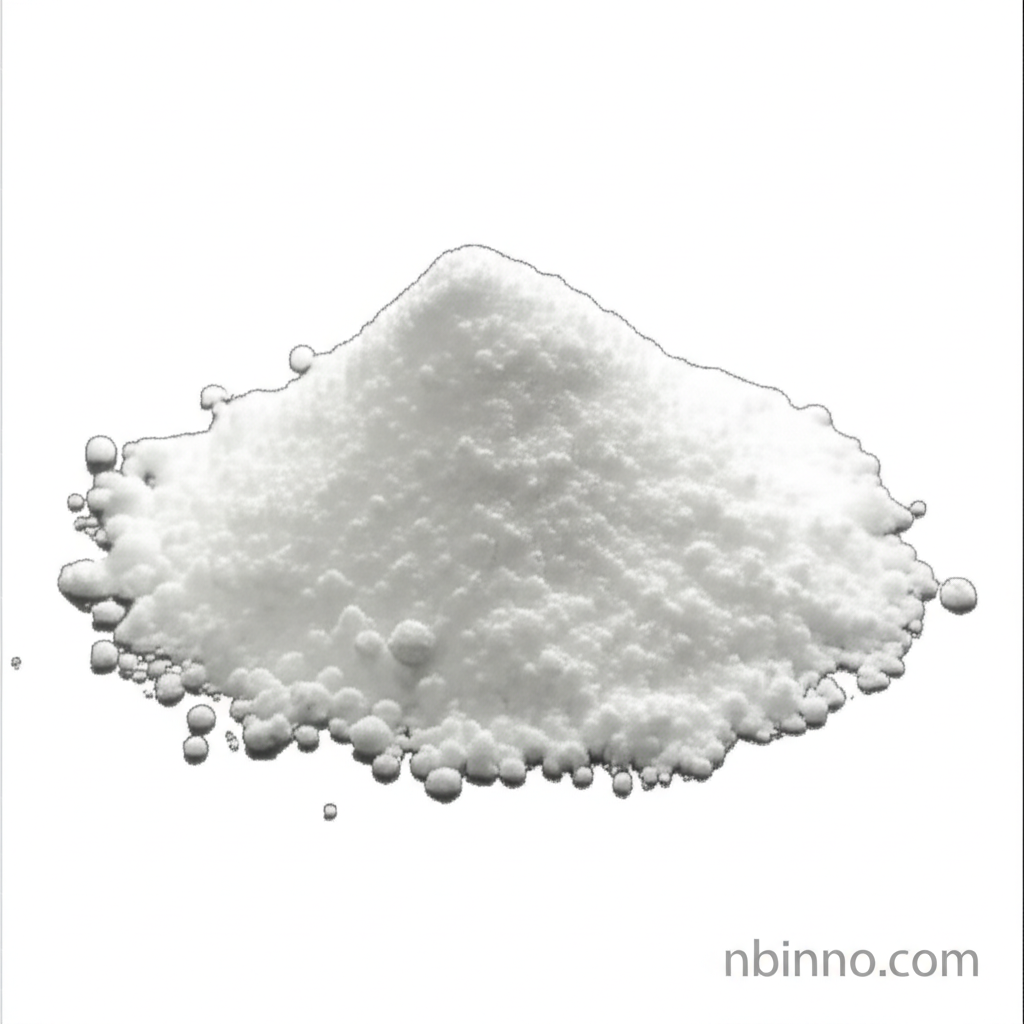O-Phenanthroline: A Key Reagent for Precision Analysis and Industrial Applications
Unlock accurate metal ion detection and enhance electroplating processes with this essential chemical.
Get a Quote & SampleProduct Core Value

o-Phenanthroline
O-Phenanthroline is a highly valued organic compound known for its critical role as a sensitive reagent in chemical analysis, particularly for the precise determination of ferrous iron. Its ability to form stable, brightly colored complexes with various metal ions makes it an indispensable tool in laboratory settings. Furthermore, its utility extends to industrial applications such as electroplating additives, contributing to the quality and performance of finished products. It is a white crystalline powder with good solubility in common organic solvents, facilitating its use in diverse chemical processes.
- Discover the precise determination of ferrous iron using o-phenanthroline as a sensitive analytical reagent.
- Leverage o-phenanthroline as a vital metal indicator, enabling accurate quantification of metal ions.
- Explore its application as an electroplating additive, enhancing surface finishing in industrial processes.
- Utilize o-phenanthroline as a versatile coordination chemistry ligand, forming strong complexes with a wide array of metal ions.
Key Advantages
High Sensitivity in Iron Determination
Experience unparalleled accuracy when quantifying ferrous iron, thanks to the strong complex formation characteristic of the o-phenanthroline analytical reagent.
Versatile Metal Ion Indicator
As a reliable o-phenanthroline metal indicator, it is crucial for various analytical techniques requiring precise metal ion quantification.
Enhance Electroplating Quality
The role of o-phenanthroline in electroplating processes contributes to improved surface quality and coating performance.
Key Applications
Analytical Chemistry
Its primary use is as an o-phenanthroline analytical reagent for the sensitive determination of ferrous iron and other metal ions.
Electroplating Industry
Acts as an additive to improve the plating bath performance and the quality of deposited metal coatings.
Coordination Chemistry
Functions as a bidentate ligand, forming stable complexes with numerous transition metals, essential in research and development.
Redox Titrations
Used as a redox indicator, signaling endpoint changes in various titration processes.
